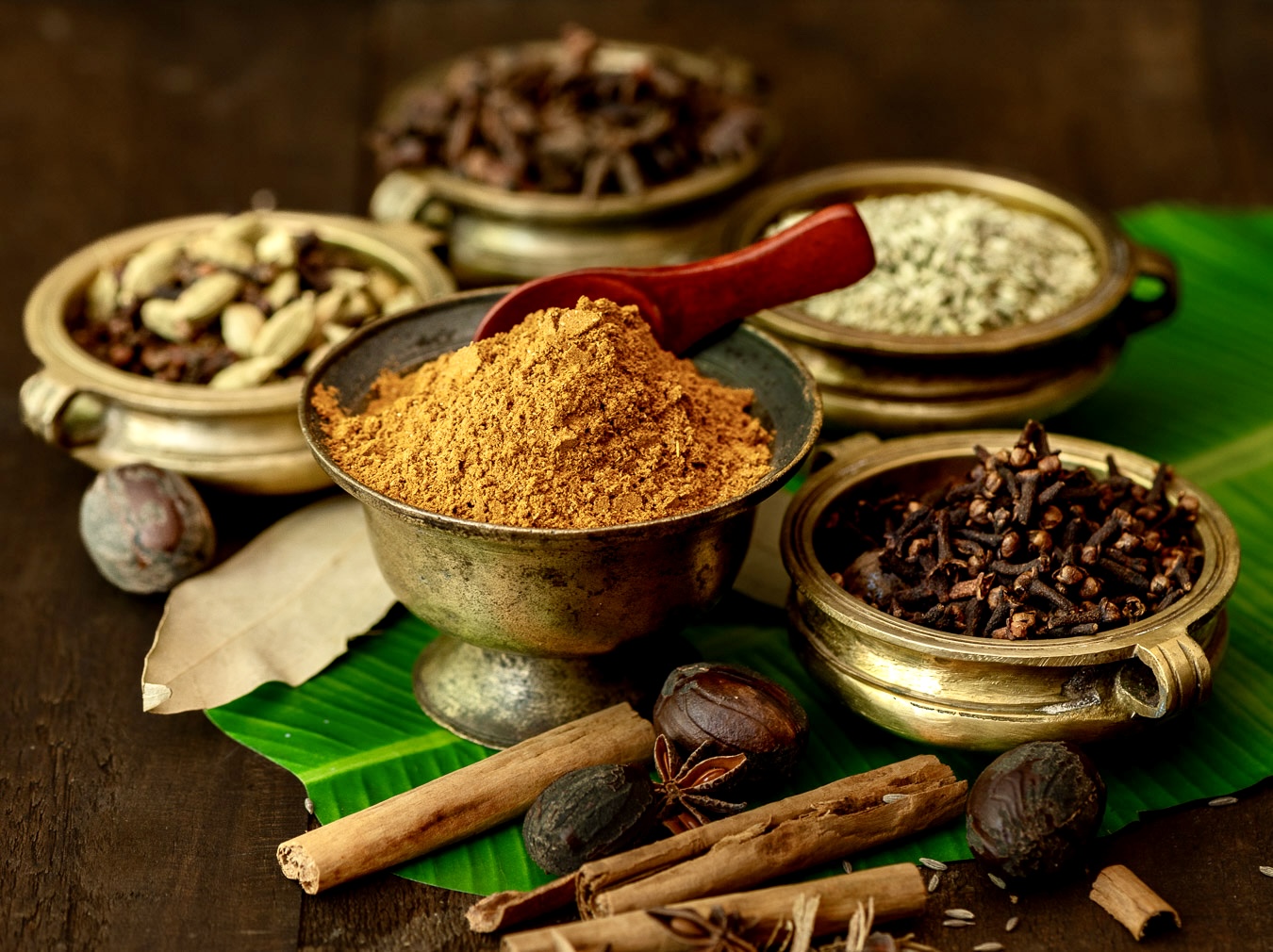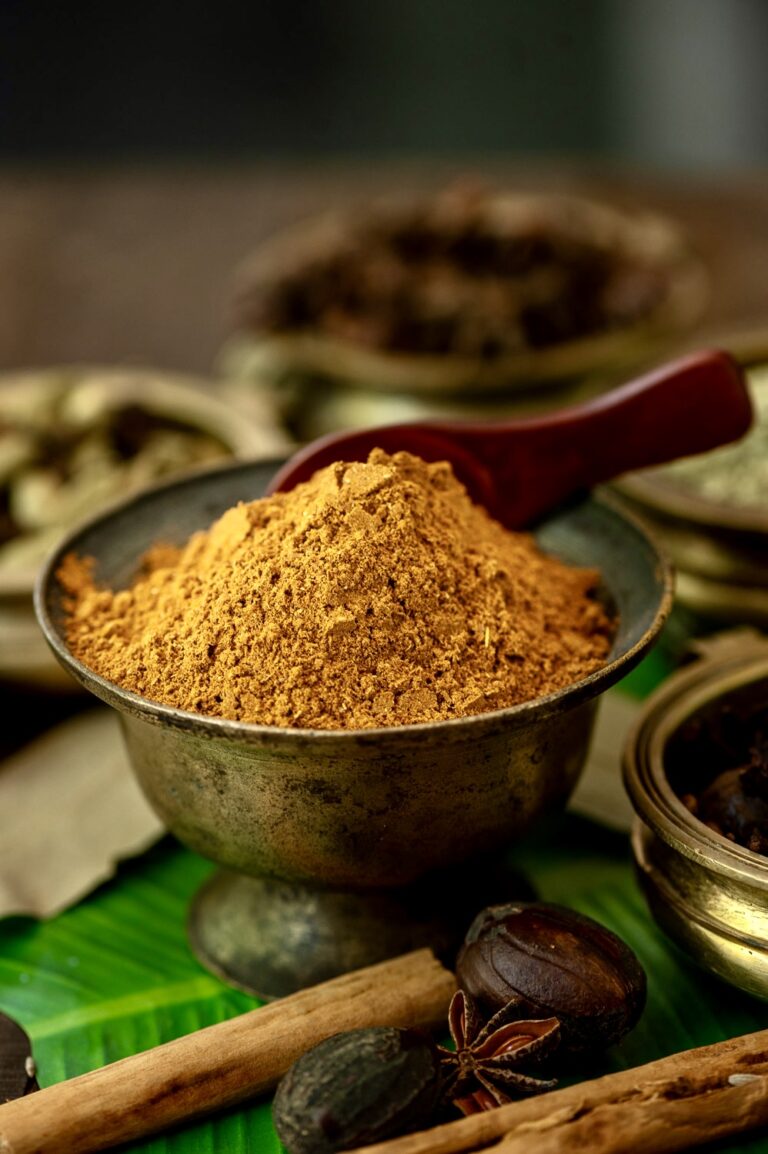Garam masala is one of India’s quintessential spice blends, a staple of the Punjabi kitchen and popular in the north of the subcontinent. Traditional Gujarati and Tamil cuisines don’t use it, which means it is not a masala that features regularly in my own cooking. That said, I do enjoy the flavour profile immensely in certain dishes. Until recently, I would purchase readymade garam masala, but an increasing number of spice adulteration scares in India when it comes to commercial brands have convinced me that it is safer to prepare it at home myself. I found the process easy and the outcome fulfilling, and in some ways, this means that garam masala features a little more often in the recipes I choose too.
There is a vast amount of nuance when it comes to Indian spicing techniques and spice blends. There are differences between whole forms and powdered versions, and seasonality and availability also have an impact on what became considered traditional. Certain combinations are region-specific. Additionally, while many assume that red chillies are the base spice, this is historically inaccurate. The chilli family came to the subcontinent with the Portuguese. The core spice in this part of the world prior to this was pepper.
Garam masala has had only a scattering of appearances on this blog, used sparingly for dishes like roast potatoes and radish paratha. I have also used it in place of chana masala when making chole, rather than buying readymade chana masala. It traditionally features in black dal, moong dal and even certain meat preparations. I find that the flavour is very potent, so it is best to use a very small quantity, especially when the blend is homemade, as it will be purer. Adjust the quantity as required, based on your preferences and on what the dish calls for.
Nowadays, I roast the spices, but I clearly remember when my mother used to dry them in the sun in the summer heat. We were fond of chana and black dal and rarely went to restaurants, so garam masala was definitely a presence in her kitchen cabinet too. As I have said many times over many posts, my cooking skills came from her. She was as fond of exploring different cuisines and increasing her own repertoire as I am.
You may recall from prior posts that the more elaborate method of sun-drying is also something I do now and then or for specific spices, but this is of course climate-dependent. I presume that exposure to the elements may add more to the flavour, but overall I certainly lean towards homemade rather than storebought and that fact alone elevates any powder I prepare – roasted or sun-dried. I always make my powders in bulk, not only so that they may be used for a longer period, but also so that I can give them to my kids, who will utilise the same in their own kitchens. This gorgeous garam masala is now in all the places they live, and perhaps will be welcome in your home too.

Garam Masala
(Yield: Approximately 1 cup)
½ teaspoon nutmeg
2 strands mace
4 cloves
¼ cup coriander seeds
2 tablespoons cumin seeds
½ tablespoon black pepper corn
1 tablespoon fennel seeds
¼ teaspoon ajwain (carom) seeds
1 teaspoon methi (fenugreek) seeds
4-5 whole cardamom
6 cinnamon sticks
2 star anise
Begin by roasting all the big ingredients on a low flame. These would be cinnamon, star anise, nutmeg and mace. Add the smaller grains second: cardamom, methi, fennel, cumin, ajwain, coriander, pepper, cloves.
Once the ingredients release their fragrance, turn off the stove and remove the pan from the flame.
Allow to cool and blend in a spice grinder.
Store in an airtight glass jar. Use in curries of your choice for a well-rounded and deep flavour.
Over the years, I have shared numerous spice powder recipes, from to curry leaf podi to coconut podi and more. More will soon follow, so do stay connected!


